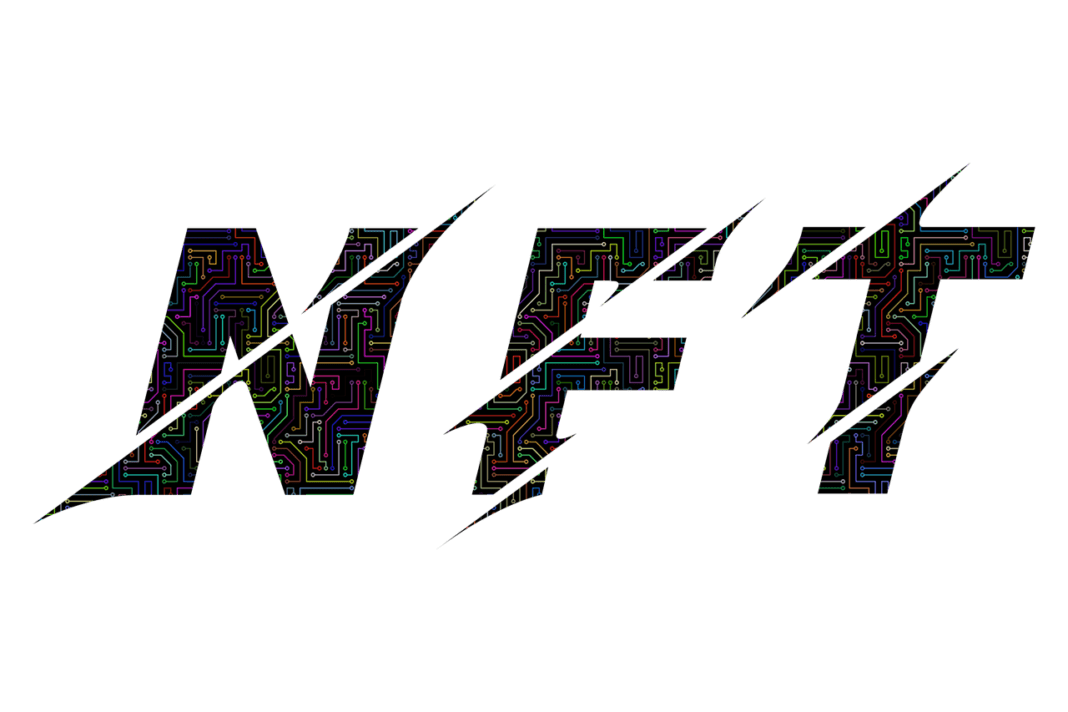The investigation and use of crypto-collectables became extremely popular when digital artist Beeple sold his digital photo collage “Everyday: The First 5000 Days” for $69.3 million at an auction at Christie’s, a traditional auction house. With this transaction, Beeple became the third living artist after Jeff Koons and David Hockney.
The desire to mint NFT is becoming more popular by the day. The search for the cheapest or most cost-effective technique to mint NFTs derives from creating an NFT or crypto art on the Ethereum blockchain that offers significant earnings.
How to mint NFTs?
NFT art or an NFT asset can be created from any digital data or file. As a consequence, whether you’re a content producer, graphic designer, or digital artist, you can quickly turn your work, whether it’s 3D models, text files (documents, PDFs, or tweets), films, or music, into a collectable crypto asset with real-world value.
The process is usually straightforward; if you use Google Chrome, you can simply install the “Metamask” browser plugin, the default wallet for most NFT exchanges and blockchain apps. However, make sure your purse has Ether (ETH), the native token of the Ethereum blockchain. Following that, you’re ready to make your first NFT.
The following is the default for most significant markets and NFT platforms:
Step 1: Connect your wallet
First, you must create a crypto wallet and connect it to the NFT marketplace. To begin, in the upper right corner of OpenSea, click the wallet symbol or the “Create” button. Other markets will use similar prompts to link your wallet and establish a profile.
You’ll be requested to link your wallet through a QR code scanner on your smartphone or download your wallet onto your computer, depending on the wallet you’re using (MetaMask or Coinbase (NASDAQ: COIN) Wallet) and the platform you’re using (desktop or mobile). When you’re done, you’ll be able to link your crypto wallet and create a marketplace profile. Make sure your profile is correctly filled out. Provide information about yourself to the NFT community, including links to your website or social media accounts, and specify which cryptos you’ll accept as payment when someone buys your NFTs.
Step 2: Create your first item
On the marketplace’s main page, click the “Create” button in the upper right corner. Following that, you’ll be asked to upload a digital file and give your NFT a name. A description of your work, an external link to more information (such as your website), and the blockchain on which the NFT will be built are all optional elements.
You can also set the number of royalties you’ll get if your NFT is resold in the future. The standard royalty payment varies from 5% to 10% of the secondary sales price.
After clicking “Complete,” your very first NFT will be generated!
Step 3: Make sure your wallet is funded.
Selling an NFT (a transaction between two parties recorded on a blockchain) demands network computing. A “gas charge” will be incurred due to this transaction.
To make your first sale, make sure you’ve purchased enough Ethereum (or whichever cryptocurrency you wish to use) and put it into your wallet using cryptocurrency trading software. You can then transfer the bitcoin from your wallet to your NFT marketplace account, depending on the marketplace. Some marketplaces, such as OpenSea, allow you to buy cryptocurrencies directly from your profile by registering a payment method, such as a credit card.
If you’re unsure how much bitcoin you’ll need to buy, the next step will calculate it for you.
Step 4: List your NFT for sale.
After you’ve minted your NFT, you’re ready to sell it on the open market. Click the “Sell” button in the upper right corner of your NFT’s description page.
Now is the time to go through the details of your agreement. Choose between a fixed price and a timed auction based on your favorite coin. Remember that on OpenSea, you set up royalty distributions in step two for long-term passive monetization of your work. Still, other marketplaces may enable you to do so at this level. Any selling prices will also be revealed on the market. On OpenSea, the service fee is 2.5 percent of the NFT selling price.
Then select “Complete listing” from the drop-down menu. The marketplace will calculate the gas prices based on the cryptocurrency network’s activity level at the time of listing and ask for payment from your crypto wallet. For me, it cost roughly $180, but the pricing fluctuated from minute to minute. Your NFT will be put on the marketplace as available for purchase after the gas costs have been paid and the final terms have been authorized.
Step 5: Manage your NFT business
It’s time to start connecting with potential clients after your NFT has been developed and offered for sale. You may also create more NFTs and add them to a collection, which may spark an art collector’s or speculator’s interest. NFTs made on one platform can be transferred and sold on another, albeit there may be fees.
Interacting with users and collectors on NFT markets, like any other type of online activity, builds rapport, which may help your new NFT business develop. Monitor activity on your projects, respond to feedback and keep creating new work for digital collectors to buy.
Also Read: Let’s Dive Into The World Of NFT- Learn All About It



